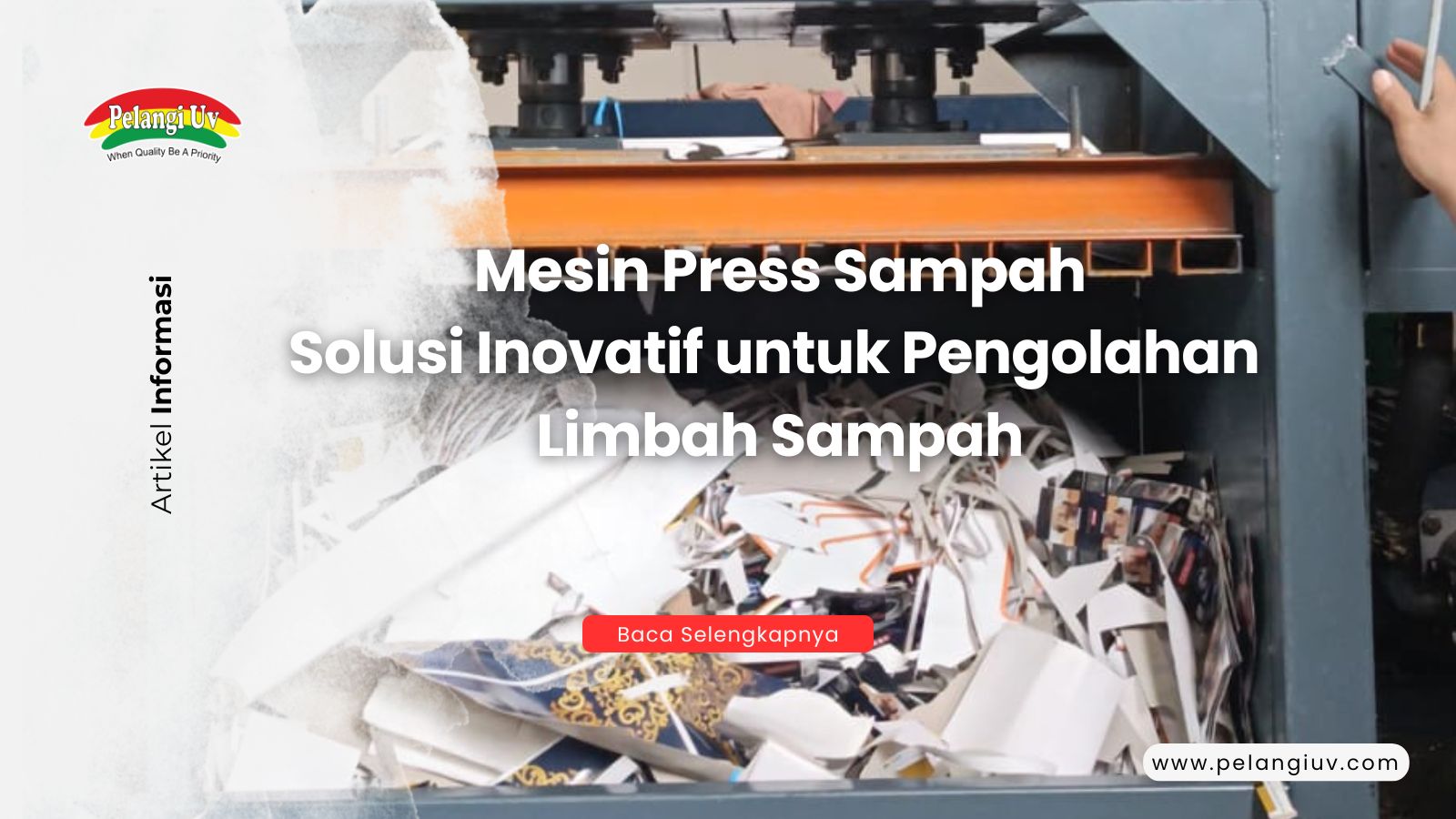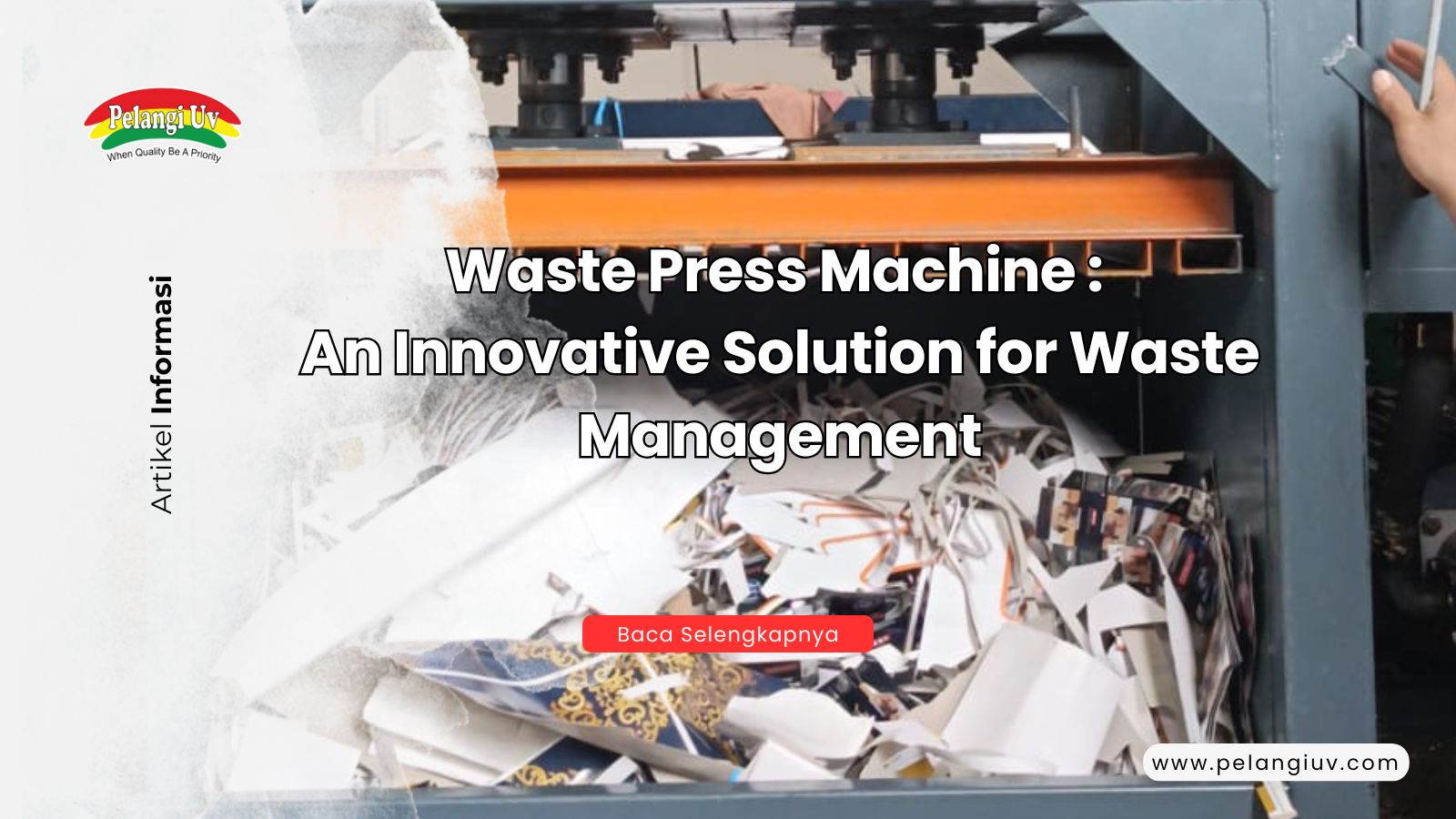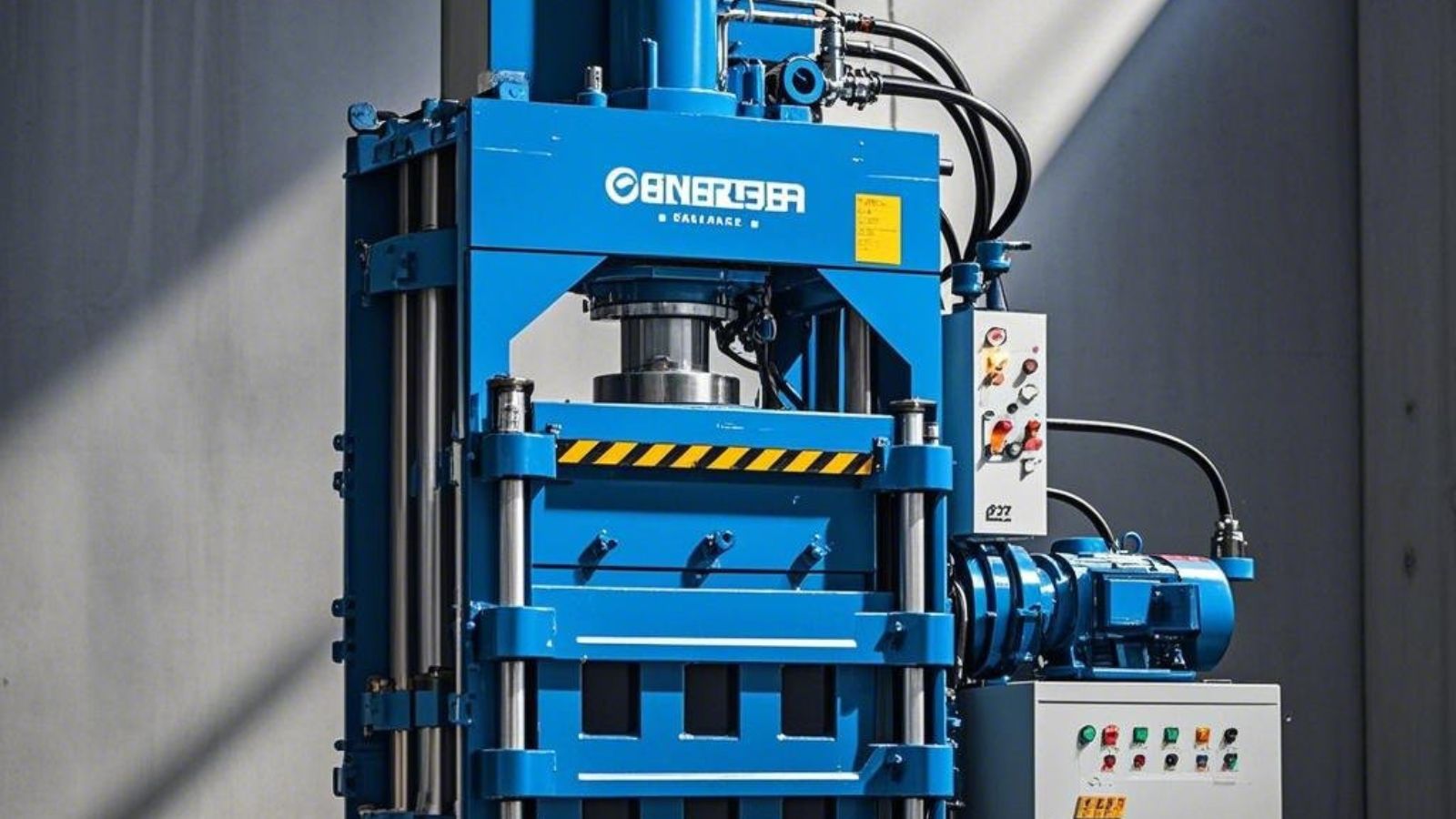Waste Press Machine: An Innovative Solution for Waste Management
Waste Press Machine: An Innovative Solution for Waste Management
In this modern era, waste management issues have become a global concern. The growing population and industrial activities result in an ever-increasing volume of waste daily. One solution widely implemented to address this problem is using waste press machines. This article delves deeply into waste press machines' functions, types, working principles, advantages, and applications in various sectors.
What is a Waste Press Machine?
A waste press machine is designed to compact waste into smaller and denser forms, making it easier to store, transport, and recycle. These machines use mechanical or hydraulic systems to apply high pressure on waste, reducing its volume by up to 90%. Waste press machines can process various types of waste, including plastic, paper, metal, textiles, and organic waste.
Types of Waste Press Machines
Waste press machines come in various types, tailored to the needs and types of waste to be processed. Here are some commonly used types of waste press machines:
- Vertical Press Machines These machines have a compact design and are often used to compact waste in small to medium volumes. Vertical press machines are typically used in offices, restaurants, and supermarkets.
- Horizontal Press Machines Designed to process large volumes of waste, horizontal press machines are commonly used in manufacturing industries, recycling facilities, and landfill sites.
- Hydraulic Press Machines Using hydraulic systems to apply high pressure, these machines are highly effective for compacting heavy waste such as metals and hard plastics.
- Pneumatic Press Machines Utilizing air pressure to compact waste, these machines are suitable for lightweight waste like paper and thin plastics.
- Organic Waste Press Machines are Specifically designed to process organic waste such as food scraps and other biodegradable materials.
How Waste Press Machines Work
In general, waste press machines operate through the following steps:
- Waste Collection and Sorting Waste are collected and sorted based on its type to ensure efficient compaction.
- Loading Waste into the Machine Waste is placed into the compaction chamber of the machine.
- Compaction Process The mechanical or hydraulic system is activated to apply pressure on the waste, compacting it into the desired size and shape.
- Discharge of Compacted Waste The compacted waste is ejected in the form of bales or blocks, making it easy to store or transport.
Advantages of Waste Press Machines
The use of waste press machines offers various benefits, including:
- Space Efficiency Compacted waste requires significantly less storage space.
- Reduced Transportation Costs Compacted waste requires fewer trips for transportation, thus reducing operational costs.
- Facilitates Recycling Compacted waste is easier to process in recycling facilities.
- Environmentally Friendly Reducing the volume of waste sent to landfills helps minimize environmental impact.
- Improved Aesthetics and Cleanliness Using a waste press machine keeps waste storage areas tidy and clean.
Applications of Waste Press Machines in Various Sectors
- Manufacturing Industry Production waste such as cardboard, plastic, and metal can be compacted before being recycled or disposed of.
- Hospitality and Restaurants Food scraps and packaging can be processed with organic or vertical press machines to save space.
- Supermarkets and Retail Packaging waste such as cartons and plastics are often compacted using press machines for efficient storage.
- Community and Residential Areas Small-scale waste press machines can be used in residential areas to manage household waste.
- Recycling Facilities Horizontal or hydraulic press machines are often used to compact recyclable waste before further processing.
Maintenance of Waste Press Machines
To ensure optimal operation, regular maintenance of waste press machines is essential. Here are some maintenance tips:
- Routine Cleaning Ensure the machine is free from residual waste that may hinder its performance.
- Lubrication of Mechanical Components Mechanical parts such as hinges and hydraulic pistons should be lubricated regularly to prevent wear.
- Inspection of Hydraulic or Pneumatic Systems Ensure there are no leaks in the hydraulic or pneumatic systems.
- Replacement of Spare Parts Worn or damaged components should be replaced promptly to prevent further damage.
- Pressure Calibration Regularly check and calibrate the pressure to ensure the machine operates efficiently.
Challenges in Using Waste Press Machines
Although they offer many advantages, waste press machines also have challenges, such as:
- Initial Investment Cost The relatively high price of waste press machines can be a barrier for some users.
- Training Requirements Machine operators need training to operate and maintain the machine correctly.
- Limited Waste Types Not all types of waste can be processed by certain machines, necessitating prior sorting.
- Energy Dependency Waste press machines require energy to operate, which can add to operational costs.
Conclusion
Waste press machines are an innovative and efficient solution for waste management. With their various types and advantages, these machines help reduce waste volume, facilitate recycling, and create a cleaner environment. Despite the challenges, the benefits offered are far greater, making them a worthwhile investment for various sectors. The widespread use of waste press machines is expected to contribute significantly to sustainable waste management efforts.


